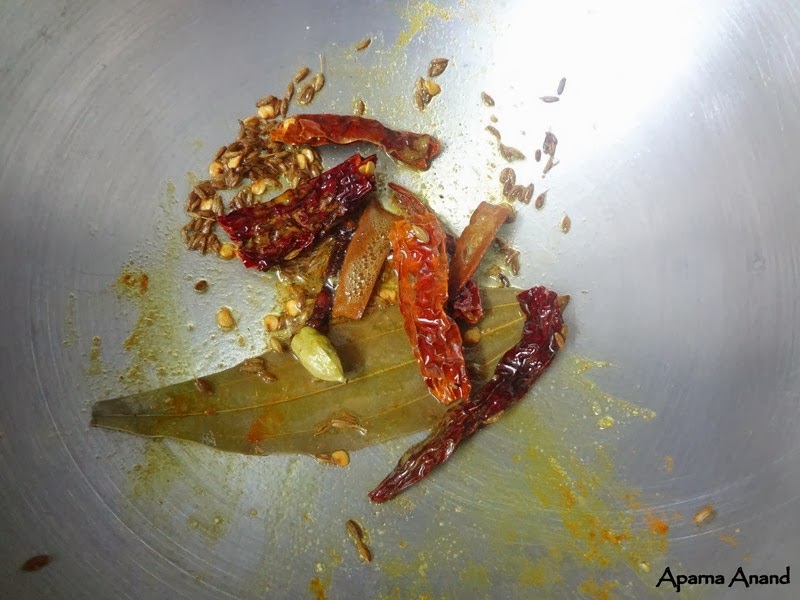With the temperature soaring, I have given up on my evening cup of tea. It becomes impossible to enjoy anything hot even in the evening. So my cuppa chai is replaced by milkshakes now. Since bananas are a staple in my fruit basket and since they taste great in milkshakes, i find myself making banana milkshakes oh-so-often. The latest twist to the milkshake is from the addition of gulkand to it and it tastes out of the world.
The milkshake utilizes just two main ingredients other than milk- sliced bananas and gulkand.
I don't add ice cubes to the milkshake. I normally set aside 2-3 glasses of boiled milk in the fridge these days specifically for milk shakes. I don't like the milkshake too thick, so I water it down sometimes too, since the bananas already add a lot of body and thickness to the milkshake.
Gulkand is a welcome addition since it adds a whole new taste to the milkshake and prevents the need to add extra sugar. Gulkand is made from rose petals and sugar and is an ayurvedic remedy to cool down the body during summer. It regulates the body temperature, alleviates constipation and acidity and soothes any kind of inflammation in your digestive tract. What more do you need to cool yourself down this summer?! Onto the recipe now.
Preparation Time - 3 Minutes
Cooking Time - Nil
Serves - 2
The milkshake utilizes just two main ingredients other than milk- sliced bananas and gulkand.
I don't add ice cubes to the milkshake. I normally set aside 2-3 glasses of boiled milk in the fridge these days specifically for milk shakes. I don't like the milkshake too thick, so I water it down sometimes too, since the bananas already add a lot of body and thickness to the milkshake.
Gulkand is a welcome addition since it adds a whole new taste to the milkshake and prevents the need to add extra sugar. Gulkand is made from rose petals and sugar and is an ayurvedic remedy to cool down the body during summer. It regulates the body temperature, alleviates constipation and acidity and soothes any kind of inflammation in your digestive tract. What more do you need to cool yourself down this summer?! Onto the recipe now.
Preparation Time - 3 Minutes
Cooking Time - Nil
Serves - 2
Ingredients for Banana Gulkand Milkshake
1 Banana sliced ( I use the large robusta variety, use 2 if using yelakki)
1 and 1/2 tsp Gulkand
1 glass chilled Milk
1/2 glass water (skip if you like a thick shake)
Method to prepare Banana Gulkand Milkshake
Simply add the banana and gulkand in a blender with a little bit of milk. Whizz for a minute to make a smooth paste. Add the milk and the water to this and mix well. Serve immediately. You can pair it with you breakfast or like me use it for an energy boost in the evening.





















































